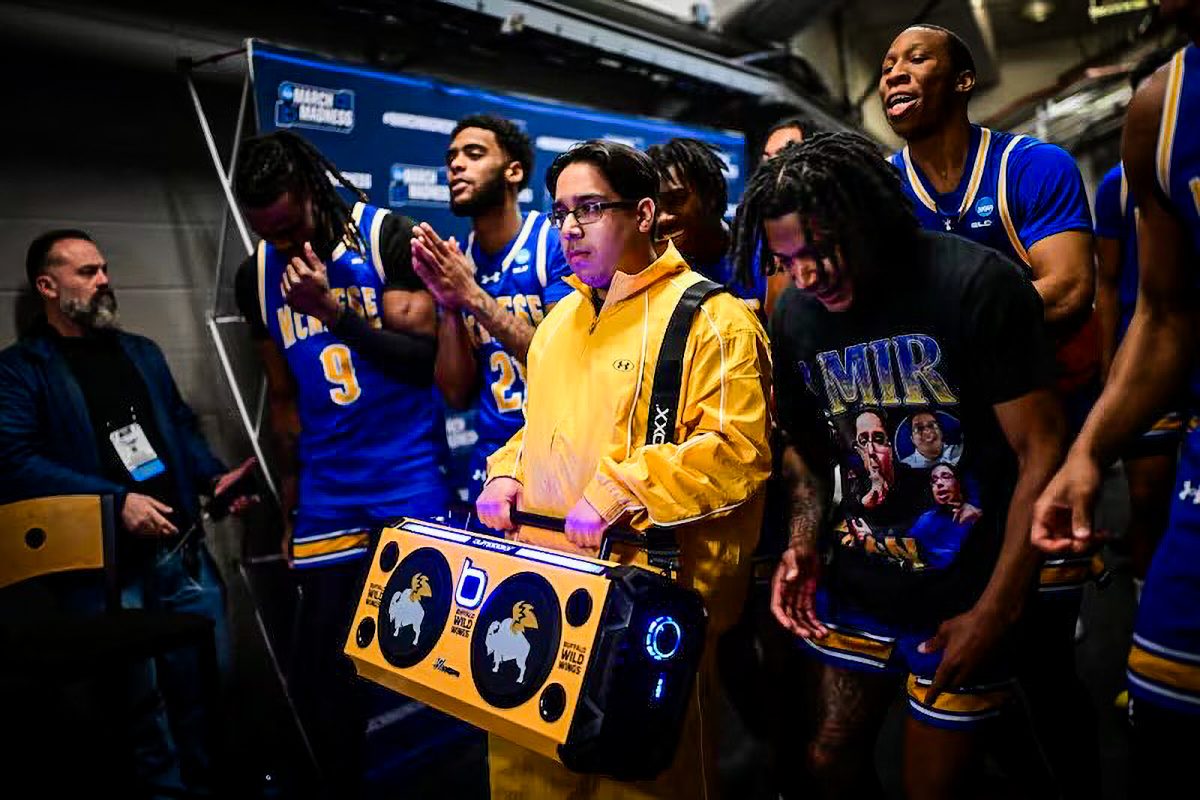The warm spell many in the Triangle recently enjoyed also had unfortunate consequences: Turtles came out of hibernation only to be hit by cars as they crossed the roads in their environment. Three such turtles were brought to NC State’s Turtle Rescue Team, a part of the College of Veterinary Medicine that provides care for sick and injured reptiles and amphibians native to the area.
Dr. Greg Lewbart, a professor of aquatic animal medicine and faculty advisor for the Turtle Rescue Team, began working for the College of Veterinary Medicine in January 1993.
“In that first year, 1993, I estimate about ten turtles were just brought in,” Lewbart said.
Lewbart took the opportunity to treat more turtles each year and got others involved by founding the Turtle Rescue Team in 1996 with support from Linda Henis , a wildlife rehabilitator he had been working with. The organization now sees over 500 cases a year and has seen over 5,000 cases total in its history.
This surge in cases can be explained by the growth in land development over the course of the organization’s existence, which lead to increased, sometimes harmful, contact between turtles and humans. Impacts from automobiles are a leading cause of injury, among other things such as attacks by pet dogs. Those who bring the turtles often leave donations. Social media has also been another factor in the rise of cases, as more people have found out about the organization.
Additionally, the organization provides an excellent opportunity to gain experience for new vet students. Hannah Reynolds, co-president of the Turtle Rescue Team and a Ph.D. student in comparative biomedical sciences, talked about the need for the rescue team.
“These turtles have to move between bodies of water,” Reynolds said. “We’ve bisected and divided up their habitat with roads.”
Turtles are resilient, Lewbart said; if they do not quickly succumb to an injury, they can survive longer before being treated. They are also docile, making for a low-risk environment where students can learn how to manage cases firsthand. The animals are wild, so there is no liability to an owner.
When a turtle is brought in, it receives a plan for treatment which might involve CAT scans, X-rays, medication or surgery. After treatment is complete, the turtle will either enter rehabilitation or be released into the wild. The team has a large network of volunteers able to foster the turtles at their homes before release if necessary.
Around two-thirds of turtles that are admitted and last at least one day with the team make it back to the wild. The few turtles that cannot be released go to education centers or become pets. The team has also produced a large amount of data and many research papers, especially regarding what problems turtles face and how the animals can be treated.
“There’s always something new, different,” Lewbart said.
Speaking on a case where a man brought in a toad he had accidentally injured on a canoeing trip, Reynolds elaborated on the experience of working at the rescue.
“It amazes me, the things people will bring to us,” Reynolds said.
2019 is an important year for the organization. Thanks to donations, they are now able to switch to a computerized medical records system. Also, a contractor has agreed to donate his work to renovate the unit the team operates out of in November 2019. Another generous donation has allowed the team to hire a veterinarian intern for a year starting in the summer, which will greatly help the team manage its growing caseload as well as grow itself into the future.
Lewbart spoke of the upcoming improvements.
“This is the biggest year of change,” Lewbart said.
To rescue a turtle, call the team’s number at 919-397-9675, where a vet student will be on call from 8 A.M. to 8 P.M. Or send an email to [email protected]. More information, such as about volunteering or donating can be found on their website.








